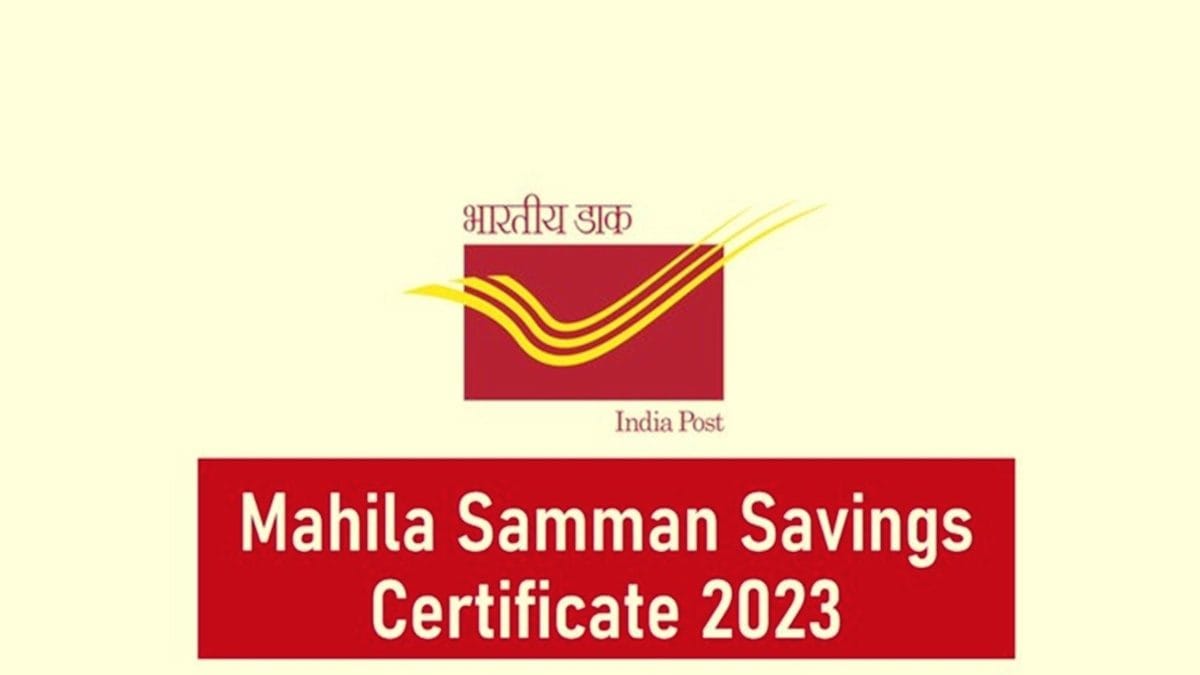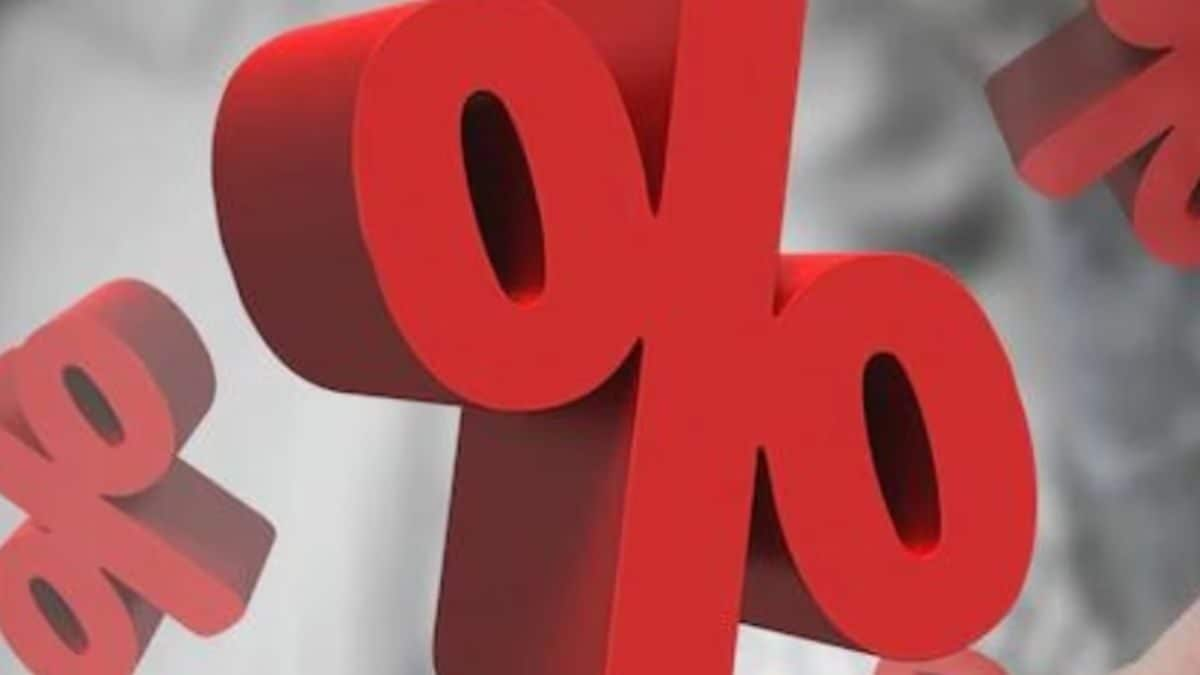[ad_1]
India’s payment gateway, the United Payment Interface (UPI), has seen a rapid expansion in recent years. From small-scale retailers to roadside vendors, everyone is embracing UPI to make payments. Not only has it become a vital part of the financial landscape in India, but the massive influx of digital payments also represents India’s switch from a robust cash-based economy to that of a digital economy.
With more people using their mobile phones to make payments, UPI has made financial transactions secure, convenient, and affordable.
According to data from the National Payments Corporation of India (NPCI), UPI recorded its highest-ever number of transactions at 9.41 billion in May 2023, translating to a value of Rs 14.30 lakh crore. In the following month, albeit there was a slight dip in the number of transactions to 9.33 billion, the value remained above the Rs 14 lakh crore mark.
India has long been a cash-dominant society, but UPI has clearly started shifting the balance towards digital payments, bringing millions of people into the formal economy in a few years’ time.
The Origin of UPI
The origin of UPI can be traced back to the Indian government’s push for a cashless society in 2015. In order to reduce dependency on cash and facilitate migration to digital payment channels, the government launched the Digital India initiative, with the aim of achieving a “faceless, paperless and cashless” status for financial transactions at a grass-root level.
As part of this initiative, the NPCI also announced the launch of UPI in 2016. UPI was developed to strengthen the existing payment ecosystem and also a convenient and secure payment system. As India’s homegrown real-time mobile payments system, UPI is an instant real-time payments system that enables inter-bank peer-to-peer and person-to-merchant transactions through mobile devices instantly.
Although UPI was already growing popular since its launch, the pandemic accelerated the adoption of UPI transactions across the country, catapulting India into the age of digital payments. Starting with 21 banks in 2016, as many as 381 banks are now enabling billions of monthly digital transactions as part of the UPI ecosystem.
Transforming India’s Digital Payment Landscape
As UPI continues to grow at a breakneck speed, it is evident that it has transformed the way payments are made in India. According to a PwC report titled ‘The Indian Payments Handbook- 2022-27’, UPI transactions are expected to exceed one billion per day by 2026-27.
In the next few years, UPI is estimated to account for 90 per cent of the transactional volume in retail digital payments, making inroads into rural areas and tier-3 and tier-4 cities.
This widespread adoption can be attributed to the policies implemented by the Government of India and the Reserve Bank of India (RBI) for promoting digital payments. Projects like IMPS, Aadhaar Enabled Payment System, FASTag, RuPay cards and DigiDhan Mission have a pivotal role in simplifying and promoting digital transactions.
Over the last decade, India has seen an exponential growth of technological enablers such as smartphone penetration, fast and low-cost internet services. Schemes like PM-WANI, BharatNet and Jio’s Internet Revolution, have equipped Indians with high-speed internet and the lowest tariff plans.
A report by the Internet and Mobile Association of India estimates that India is likely to have as many as 900 million internet users by 2025. Due to this, UPI has been proven to be the most preferred method of transaction by millennials and Gen Z.
The next growth phase of UPI payments will come from tier-2 and tier-3 cities as internet and smartphone accessibility are improving digital literacy across the hinterlands.
This growth will further be driven by greater awareness and increased merchant adoption of UPI. Merchant payments over UPI in India are projected to grow by 40 per cent to 50 per cent to reach $1 trillion by 2026, as per a Bain & Co study on ‘The Future of India Retail Payments’. In a significant boost to credit penetration into digital payments, government-backed RuPay credit cards can now be linked to UPI.
Given that UPI transactions have increased significantly, the RBI has also launched new payment capabilities in UPI like UPI123Pay and UPI Lite in FY 2022–2023. Offline digital payments such as UPI123Pay will increase person-to-merchant (P2M) and peer-to-peer (P2P) transactions through payment apps.
Inclusive, Interoperable & Innovative — Factors Driving UPI Growth
UPI has made it easy and convenient for people to make payments, as it eliminates the need for cash or physical cards. Here are the top factors driving the growth of India’s leading digital payments platform:
Cost-effective: UPI transactions do not involve any physical infrastructure, such as point-of-sale (POS) machines. Merchants can accept UPI payments using just their mobile phones, making it a cost-effective payment option for small businesses.
Interoperability: UPI is interoperable, which means users can send and receive money from any UPI-enabled app, irrespective of the bank they hold an account with. This has made it easy for people to switch between banks and payment apps without the need to change their payment credentials.
Improved financial inclusion: UPI has improved financial inclusion in India by enabling people without a bank account to make digital payments using UPI-enabled apps. It has also facilitated peer-to-peer (P2P) payments, which has enabled people to transfer money to their family and friends in remote areas.
Boost to the digital economy: UPI has provided a boost to India’s digital economy by enabling digital transactions, which has reduced the reliance on cash. With UPI, people can make payments for a range of services such as utility bills, groceries, and transportation, leading to a significant increase in digital transactions.
What’s Next?
India’s efforts to revolutionise digital payments and financially empower millions through UPI truly pave the way for a cashless economy. Be it person-to-person or person-to-merchant, it will be interesting to see how various participants in the ecosystem successfully collaborate to drive India to become a global leader in digital payments.
(The author is CEO-domestic of payment services provider In-Solutions Global Ltd)
[ad_2]
Source link




